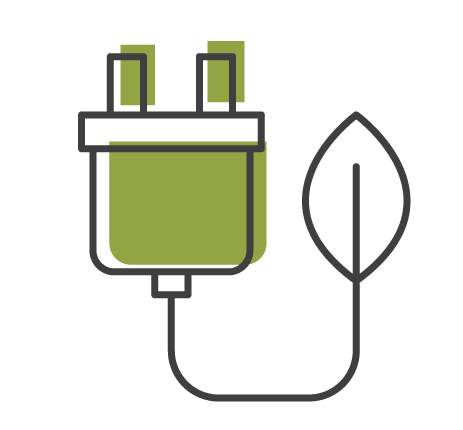Prof Steve Thomas hits back at Rosatom claims
- Published:
VLADIMIR SLIVYAK very effectively contests some of the points made by Viktor Polikarpov on behalf of Rosatom. There are a couple of important issues Slivyak did not have space to bring up.
Polikarpov claims that: “Nuclear energy is gradually replacing the traditional energy sources in the energy balance of countries. The share of nuclear energy in the global energy balance is currently 11%.”
This is misleading on two counts. First nuclear power accounts for 11% of electricity, not energy and electricity represents only about 20% of the world’s energy needs so nuclear actually only supplies about 2% of the world’s energy.
Second, it is true there was a marginal increase in the nuclear contribution in 2014 compared to 2013 (from 10.6% to 10.8%), but this level is far below the peak year of 1996 when nuclear power accounted for 17.6% of electricity. Since then there has been in most years a steady decline in its contribution long before the Fukushima disaster and the German phase-out.
Polikarpov states: “we are building nine more [nuclear power plants in Russia], many ahead of schedule like power unit No 3 at Rostov NPP, which was commissioned last year.”
The International Atomic Energy Authority (IAEA) collates information from governments on nuclear reactor construction and operation in its PRIS database.
Table: Information provided by Russia to the IAEA on its nine projects
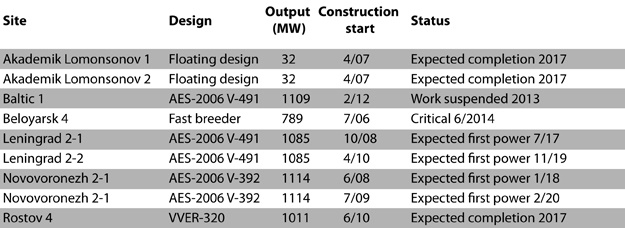
Source: Prof Steve Thomas
Like most countries, South Africa is expecting construction work at its nuclear power plants to take five years, although for its latest design, Rosatom claims construction will take less than four years. If we assume Russia expected a five-year construction for these nine plants it is clear none of them will be complete in five years and only one is expected to take less than nine years.
The Akademik Lomonsonov reactors are a unique design and will be installed in what is effectively a ship expected to be moored in Kamchatka, while the Beloyarsk reactor is of a very different design to that planned for South Africa.
The Rostov 4 plant is of an earlier design generation dating back to the 1980s and expected to take seven years to build. The Baltic 1 reactor is sited in the Kaliningrad enclave and work on this was suspended a year after construction started.
It is not clear if and when construction will re-start and there is speculation that a reactor of a different smaller design will be built there. The four reactors of the basic design likely to be offered to South Africa (Leningrad and Novovoronezh) are expected to take between nine and eleven years to build.
It is therefore hard to see how Polikarpov can claim “many” of the plants are ahead of schedule.
* Steve Thomas is the professor of Energy Policy at the University of Greenwich.
This article was taken from fin24. To read the article online, follow this link: http://www.fin24.com/Opinion/Prof-Steve-Thomas-hits-back-at-Rosatom-claims-20150910
Who we are
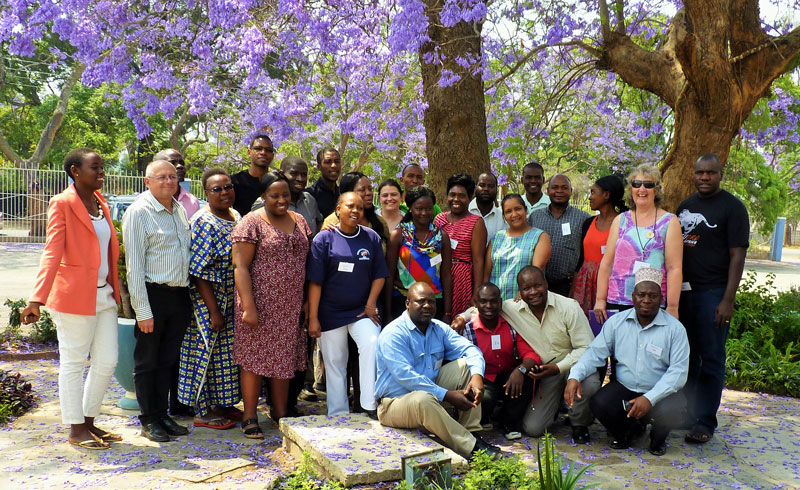
SAFCEI (Southern African Faith Communities’ Environment Institute) is a multi-faith organisation committed to supporting faith leaders and their communities in Southern Africa to increase awareness, understanding and action on eco-justice, sustainable living and climate change.
Featured Articles
-
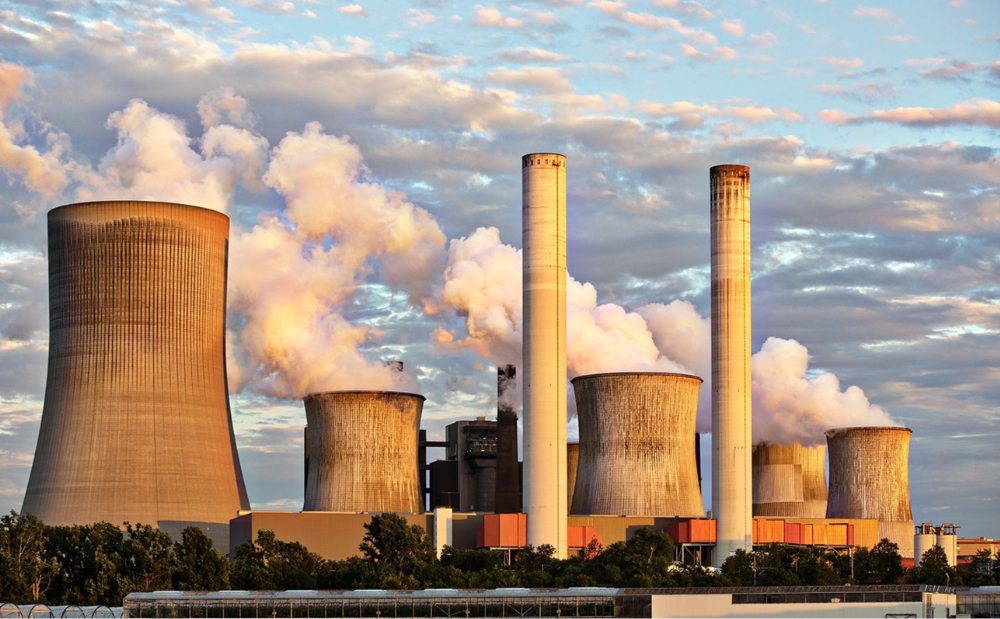
South Africa: Who Ends Up Paying If DMRE Cooks the Price of Nuclear Power?
-
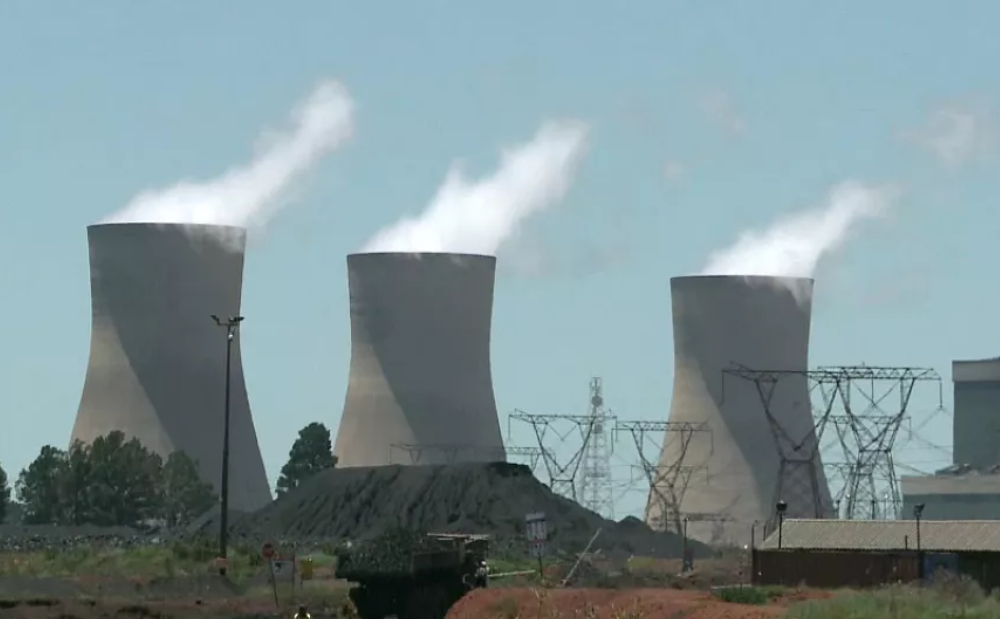
South Africa’s nuclear energy expansion plans continue to draw criticism, environmental NGOs chew over legal challenge
-

Earthlife Africa and SAFCEI respond to latest unsettling nuclear news regarding the ministerial determination
-
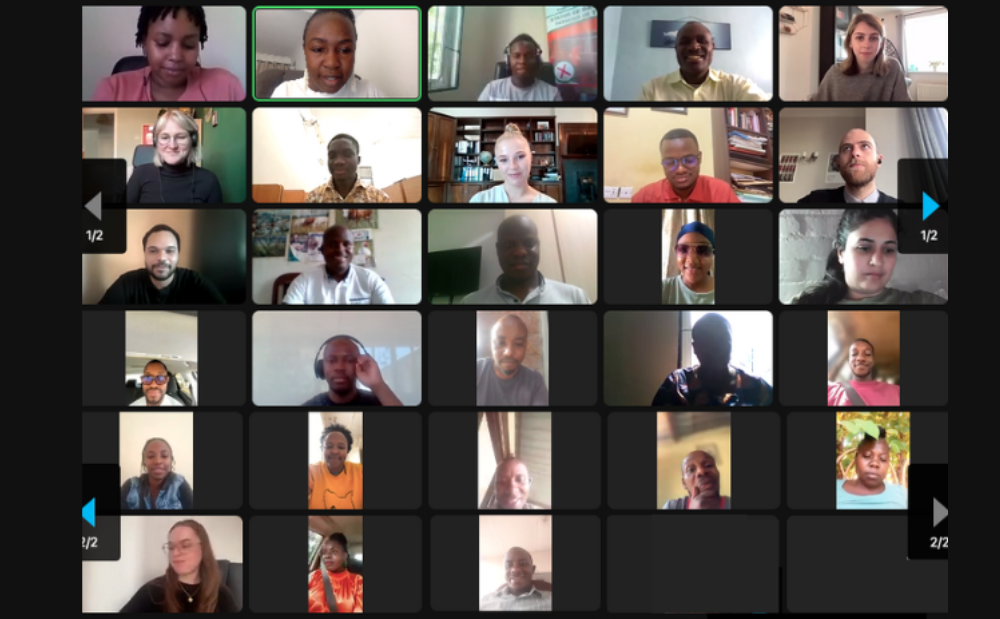
Open Wing Alliance Africa (Virtual) Summit 2023
-
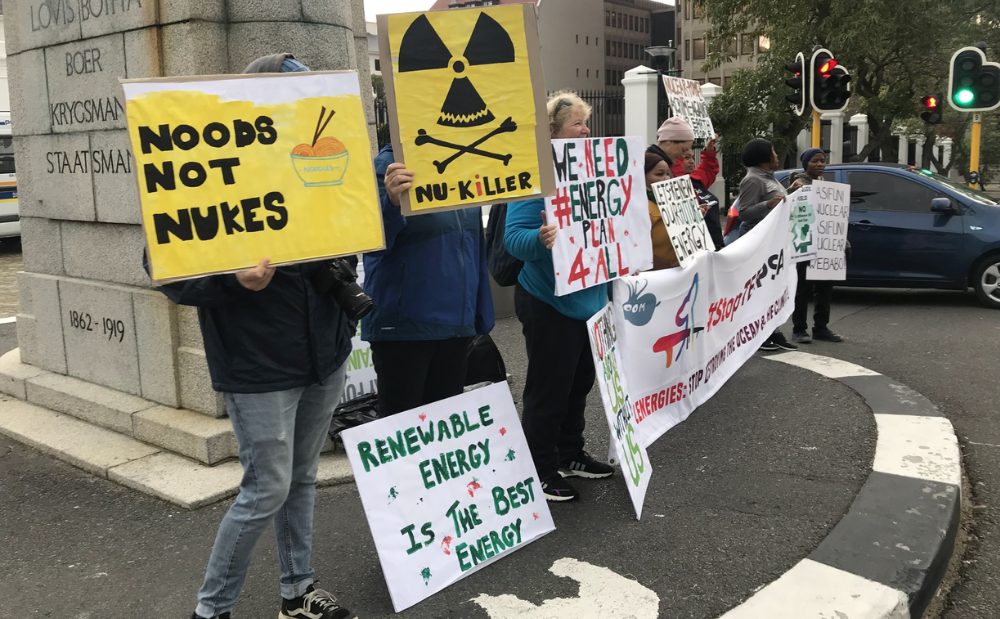
The Green Connection and SAFCEI respond to energy minister's divisive and deflecting comments
-

Job Vacancy: FLEAT Coordinator


